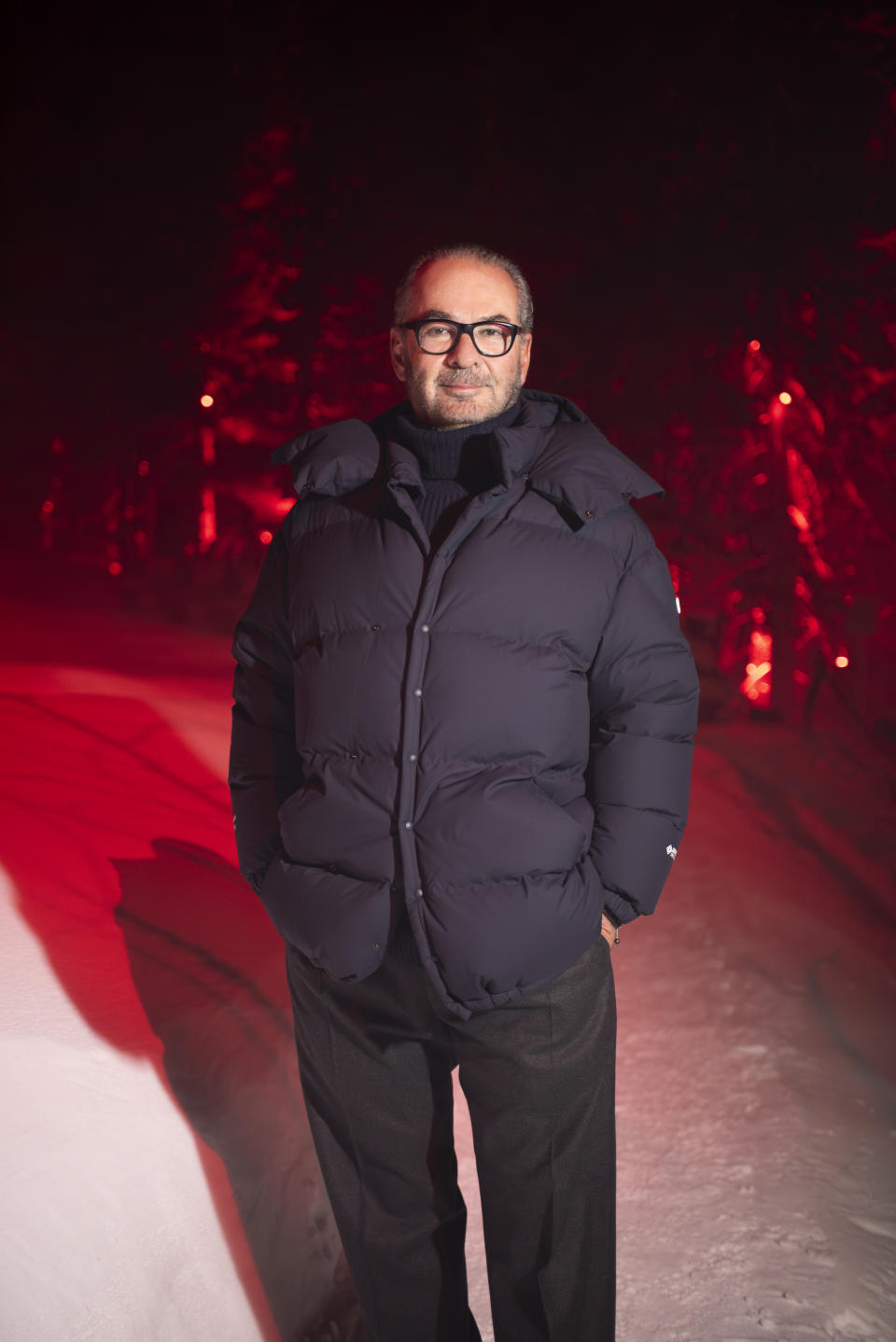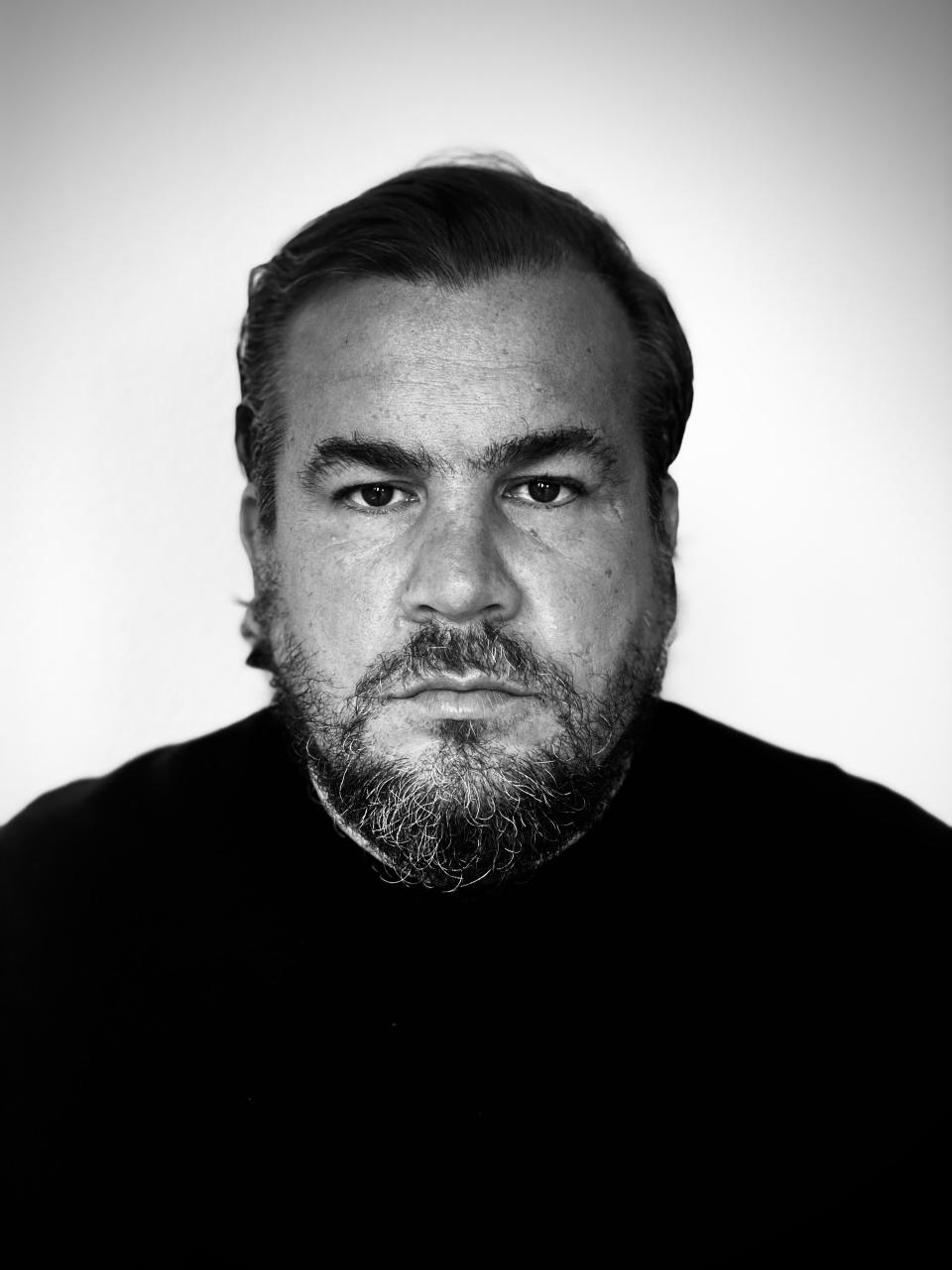Moncler Group Beats Estimates, Reports Gains in H1 Profitability, Sales

MILAN — Moncler Group is sailing smoothly through the doldrums affecting the luxury sector, reporting sales and profitability gains in the first half of the year, and sounding a positive note on business in China.
On Wednesday, as Kering revealed a 50 percent drop in net profit and a day after LVMH Moët Hennessy Louis Vuitton reported a 14 percent decrease in its bottom line in the first six months of the year, Moncler Group beat consensus estimates.
More from WWD
Roche Bobois Forecasts Improved 2025 for Furniture as It Plots Strategic Moves in China
Machine-A Rethinks China Strategy, Explores New Ways to Exist
In the six months ended June 30, net profit rose 24.3 percent to 180.7 million euros compared with 145.3 million euros in the same period last year. Analysts had pegged the figure at 167.2 million euros. In the second quarter, group revenues were up 3 percent at constant exchange to 412.2 million euros.
In the first half, revenues totaled 1.23 billion euros, up 8 percent compared with 1.13 billion euros in the first half last year. At constant exchange rates, sales rose 11 percent.
Operating profit climbed 18.7 percent to 258.7 million euros compared with 217.8 million euros, with a margin of 21 percent. This was above market expectations.
“We are very pleased with the solid set of results we delivered in the first half of the year amid a generally complex operating environment for the luxury goods sector,” said Remo Ruffini, chairman and CEO of the group in a statement. He trumpeted “strong growth in the DTC channel across all regions” for both the Moncler and Stone Island brands.

Ruffini, however, admitted that “the global macroeconomic context is highly volatile and unpredictable, and industry trends are seeing a continued normalization. This requires us to maintain a vigilant mindset, focusing on our operational flexibility and responsiveness.”
That said, he expressed confidence that the group’s strategic initiatives, its “deep connection with our communities, the continued pursuit of product excellence, as well as our focus on high-quality and selective growth, will further strengthen our brands in the coming months and in the years ahead.”
During a conference call with analysts at the end of trading, Roberto Eggs, chief business strategy and global market officer, was repeatedly asked about business in China. He concurred with peers, recognizing that Chinese spending has increased in Japan, given the weak yen, but was confident in the strength of the Chinese cluster, which was up “double digits in the second quarter, even if normalizing compared with the first quarter,” and boosted by the Chinese New Year festivities, “surprising with a fantastic performance.” He did say that “in the first quarter 30 percent of Chinese [people] were buying outside China and in the second quarter this rose to 40 percent.” He reiterated several times during the call that he was positive on mainland China, and that “there is still room to penetrate that market” for the group.
Gino Fisanotti, Moncler chief brand officer, said that the Moncler Genius event in Shanghai, to be held on Oct. 19 and for the first time outside of Europe, will offer a “great opportunity” to further strengthen relations with the Chinese market.
Business with South Korea “is softer,” but that was expected “as it was the fastest growing for Moncler in the past four years,” Eggs said.
A focus is now on the Americas, where Moncler is under-distributed, Eggs said. Added visibility will come through openings in Miami, Bal Harbour and Los Angeles. Asked about the potential Saks and Neiman Marcus deal, he sees “opportunities,” he said. “We have strong relations with both.”
Responding to a question about current trading, Eggs said it was “important to clarify that the performance in the second quarter was consistent across the three months.” July and August are “low season and not indicators” of business trends but that “the start of the third quarter was not materially different from the second quarter,” with the Europe, Middle East and Africa region and Japan outperforming. “We did not increase prices in Japan to avoid alienating local customers,” he said.

Fisanotti said the online channel in the second quarter was weaker than in the first quarter across all regions. “It’s extremely volatile, we are seeing a lot of promotional activities, and behavioral change with customers searching online and shopping in physical stores.”
In the first half, for the first time, the Moncler brand reached sales of 1.04 billion euros, rising 11 percent compared with 935 million euros last year. In the second quarter, Moncler recorded revenues of 336.3 million euros, up 5 percent at constant exchange rates, despite a very high comparable base, supported by solid growth recorded in the direct-to-consumer channel, to which all regions contributed positively.
In the first half, Moncler sales in Asia (which includes APAC, Japan and South Korea) amounted to 513 million euros, up 12 percent, and representing 49.3 percent of the total. In the second quarter, revenues in the region grew by 6 percent at constant exchange rates, driven by strong growth registered in Japan, supported mostly by tourists, as well as by the positive performance in mainland China.
EMEA recorded revenues of 380.6 million euros in the first half, a 12 percent increase on the first half last year. In the second quarter, revenues in the region increased by 6 percent supported by solid tourist purchases as well as positive local consumption. Chinese, American and Korean customers remained the strongest contributors to tourist purchases in the region.
In the first half of 2024, Moncler revenues in the Americas increased by 7 percent to 147.7 million euros, representing 14.2 percent of the total. In the second quarter, revenues in the region were down 1 percent at constant exchange rates, with the positive performance registered in the DTC business offset by the decline in the wholesale channel.
In the first half, Moncler’s DTC channel recorded revenues of 875.7 million euros, up 16 percent compared to the first half of 2023. Revenues in the second quarter increased by 8 percent at constant exchange rates, penalized by the weak performance of the direct online channel across all regions.
In the first half, like-for-like sales rose 14 percent.
Wholesale was down 7 percent to 165.5 million euros and in the second quarter it decreased 5 percent at constant exchange rates impacted by the ongoing efforts to upgrade the quality of the distribution network.
As of June 30, there were 277 directly operated Moncler stores plus two net openings compared to the end of March, including the conversion of Macau Four Seasons and the opening of JiNan Mixc in China. The Moncler brand also operates 56 wholesale shops-in-shop.

In the first half of 2024, Stone Island revenues totaled 188.9 million euros, a decrease of 6 percent as it shifts its business into DTC from mainly wholesale.
Eggs highlighted the focus on elevating the brand’s product, reporting an increase of the average ticket, and campaigns bringing new communities, including more women, such as Korean DJ Peggy Gou, helping to “increase our reach and followers while staying true to the DNA of the brand.”
In the second quarter, revenues for the brand amounted to 75.9 million euros, down 4 percent at constant exchange rates, with the strong double-digit growth in the DTC channel almost entirely offsetting the decline in the wholesale channel.
Asia reached sales of 46.7 million euros in the first half, growing 20 percent. In the second quarter, the region grew by 27 percent at constant exchange rates, mainly driven by the strong performance of Japan and solid growth in APAC. Trends in Korea remained softer than other areas of Asia.
EMEA continues to be the most important region for the brand and was down 12 percent to 128.9 million euros, representing 68.2 percent of the total. In the second quarter, revenues were down 11 percent at constant exchange rates, with the strong double-digit performance in the DTC channel not enough to fully offset the decline in the wholesale channel.
In the first half, Stone Island revenues in the Americas decreased 22 percent to 13.3 million euros. In the second quarter, the region saw a decline of 15 percent at constant exchange rates, impacted by the challenging trends mostly among department stores.
In the first six months, retail revenues reached 92.6 million euros, climbing 26 percent and representing 49 percent of the total. In the second quarter, revenues in this channel were up 27 percent at constant exchange rates, with Asia and EMEA outperforming.
In the first half of 2024, the wholesale channel was down 25 percent to 96.3 million, accounting for 51 percent of the total. In the second quarter, revenues declined by 28 percent impacted by the efforts to improve the quality of the network. In August, Stone Island will internalize its online platform.
As of June 30, there were 85 directly operated stores, a net increase of two units compared to the end of March, including the opening of Vienna Kohlmarkt. The Stone Island brand also operates 13 mono-brand wholesale stores.
In the first half, group capital expenditures amounted to 56.1 million euros compared to 69.5 million euros in the first half last year, due to a different phasing of spending.
As of June 30, the net financial position (excluding the effect related to IFRS 16) was positive and equal to 845.8 million euros compared with 1.03 billion euros of net cash at the end of December last year, mainly due to the payment of 303.1 million euros of dividends.
Best of WWD